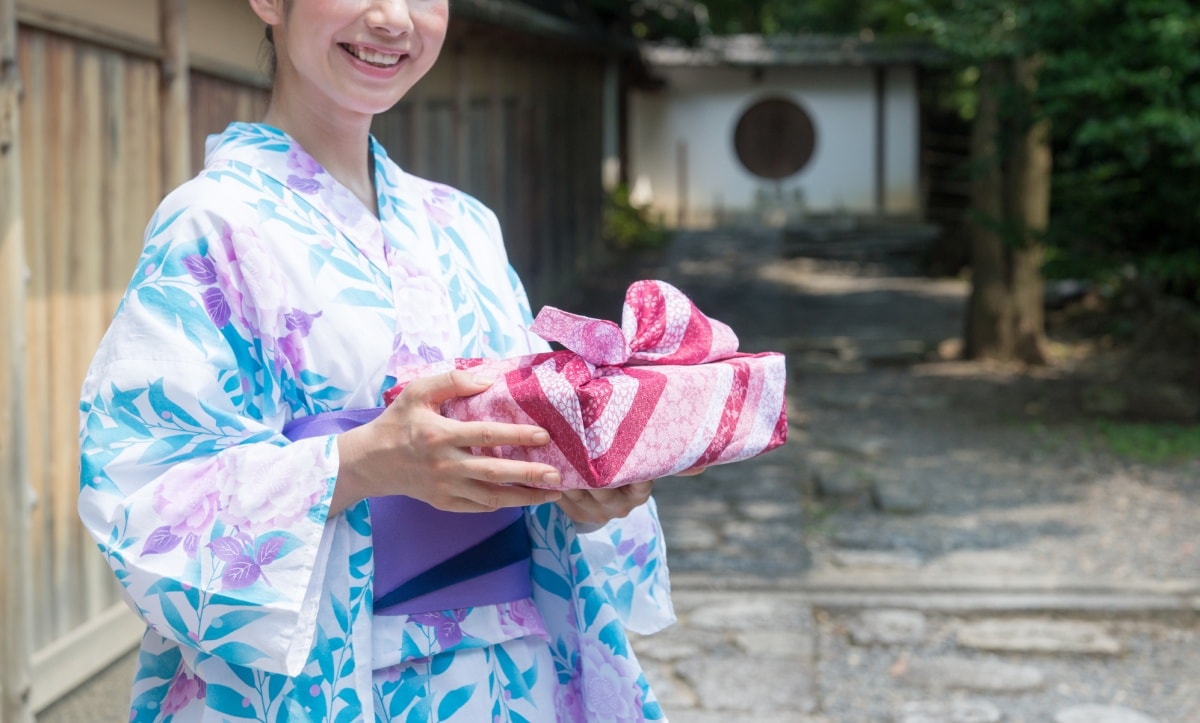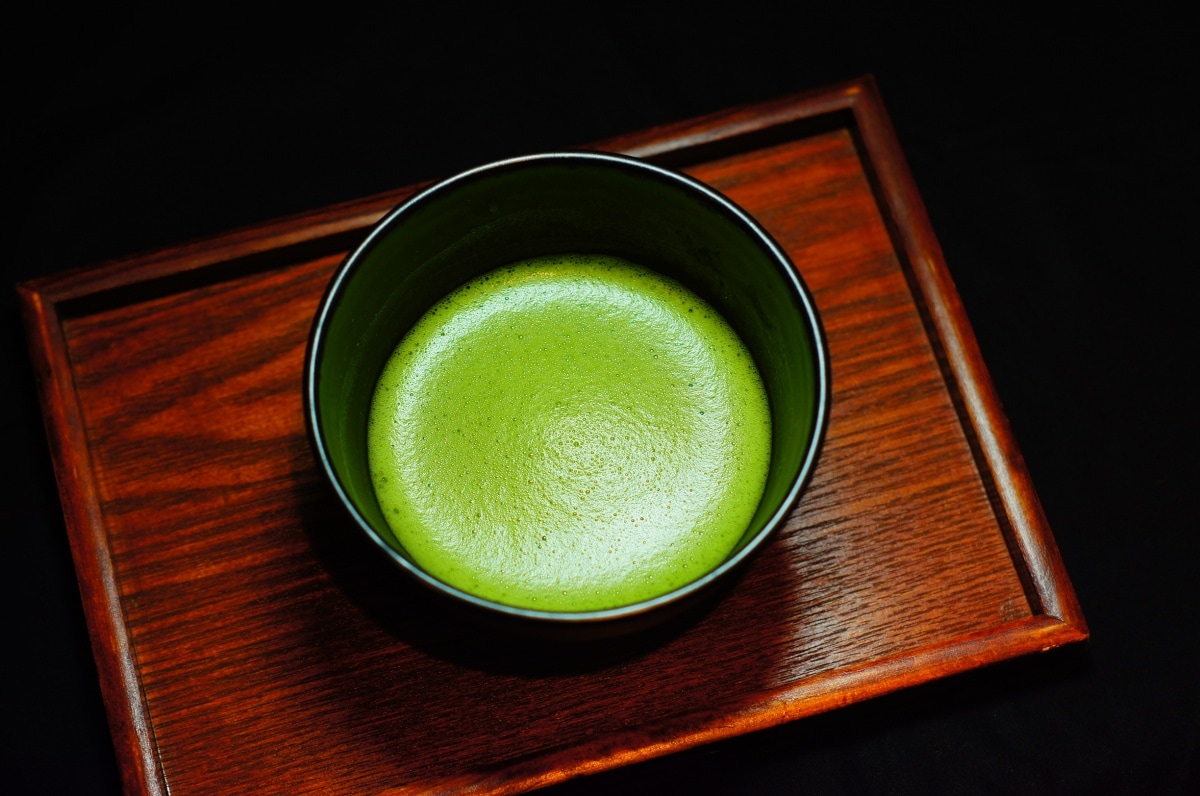Top 6 Souvenirs to Take Home from Kyoto
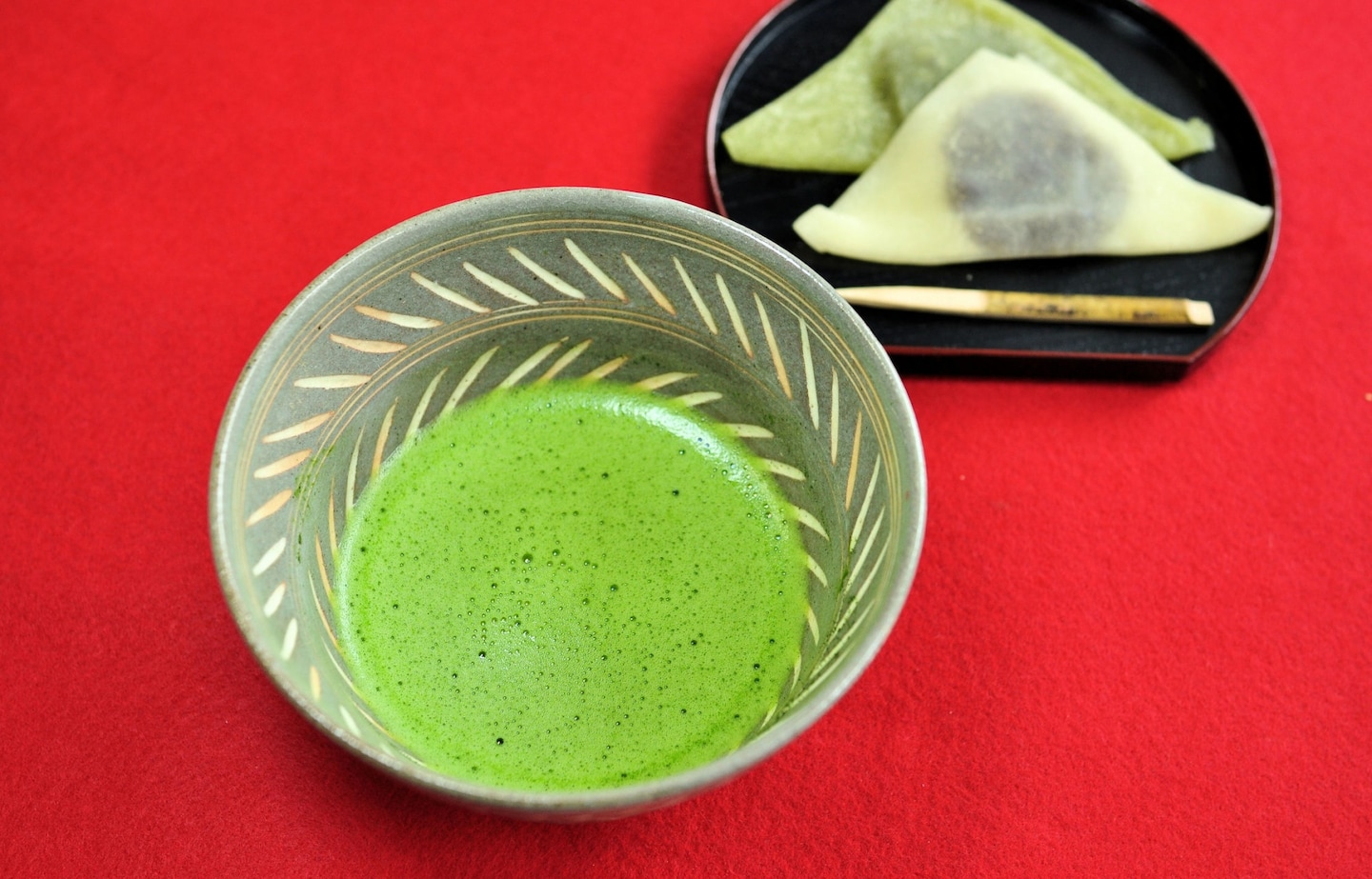
Kyoto, steeped in more than a millennium of rich history, is home to many long-established shops and craftspeople. When visiting Japan's old capital, be sure to stock up on these traditional Kyoto souvenirs to share with friends and family back home!
By Jessica Famularo6. Tsukemono (Japanese Pickled Vegetables)
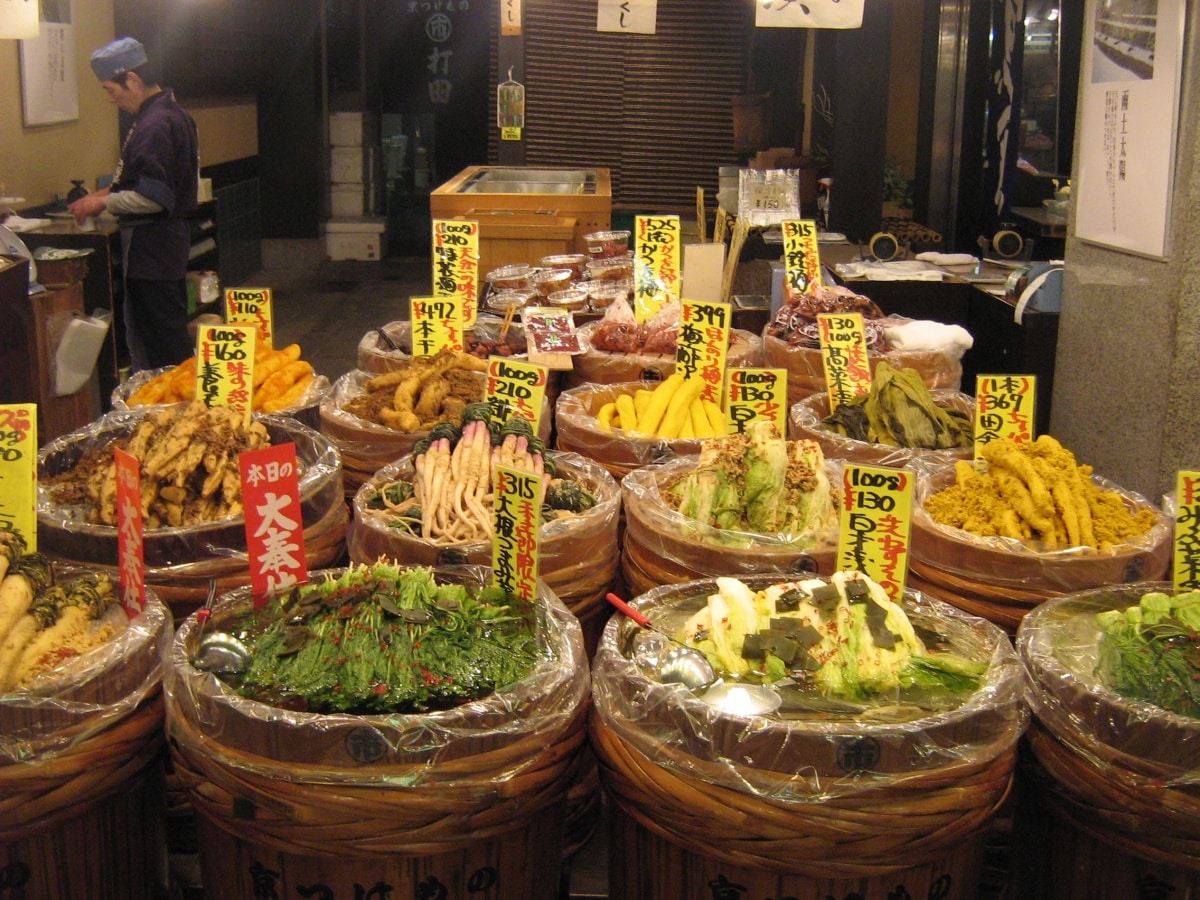
https://commons.wikimedia.org/wiki/File:Tsukemono_shop_by_Gavin_Anderson_in_Nishiki_Ichiba,_Kyoto.jpg
Japanese people have been eating tsukemono (pickled vegetables) since prehistoric times, and you'll have no problem finding these salty veggies in Kyoto today. Tsukemono are traditionally eaten as a side dish or on top of rice or raw tofu. The most famous varieties include pickled radish, cucumber, eggplant and red shiso (perilla leaf).
You'll find baskets full of fresh tsukemono strolling through Nishiki Market, located in downtown Kyoto a block north of Shijo Street. Just make sure your pickles are factory sealed if you're taking them home by plane!
5. Kitchen Knives
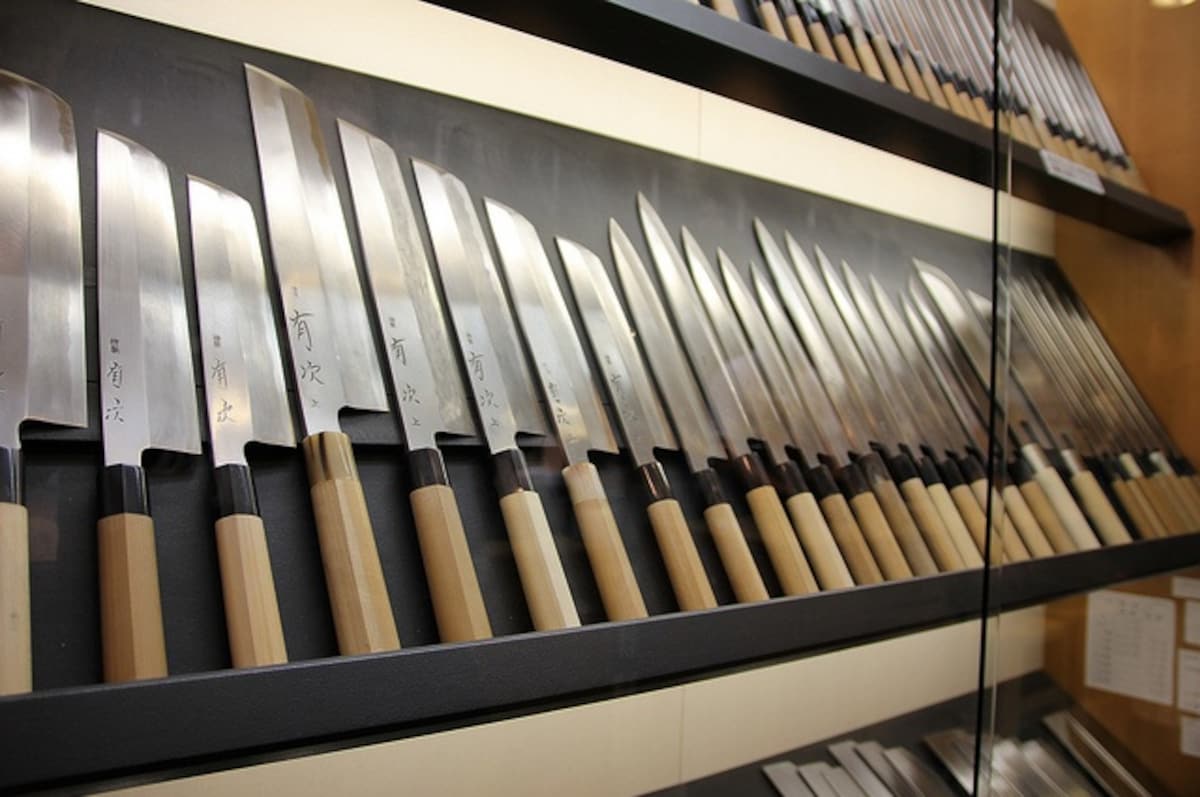
https://www.flickr.com/photos/satorinihon/6938774543/in/photolist-bza2VR-bza3J8-bmfasd-bmfadq-bmf9YE-bmf9Uu-bza3dR-bmfavu-cYgwqY-bza3qM-bmfaHs-abF4ce-bza3Li-bmfayE-cYgxSW-bza38R-cYguv1-cYgyE3-qUsHuh-cYgF1L-7pbdvQ-7PWb9U-cYgzvE-abF3Tc-3zV5-cYgxeL-cYgDc1-cY
For the unknowing, kitchen knives might seem like an odd Japanese souvenir, but in fact, Kyoto's handcrafted knives are world famous. These Kyo-hamano, or Kyoto knives, have been perfected over centuries.
Kyoto's most famous knife maker is probably Aritsugu, although there are a number of other places, like the popular Shigeharu, that sell excellent products as well. Notably, Shigeharu dates all the way back to the Kamakura Period (1185-1333), by which standard Aritsugu is a comparatively "new" maker, having only been in business since 1560.
Shigeharu is still somewhat of a hidden gem for foreigners, with no website or English advertising. The shop is easily accessible south of Nijo Castle, on Horikawa Street between Sanjo and Oike Streets. Aritsugu, on the other hand, is located on the north side of Nishiki Market.
4. Blotting Paper
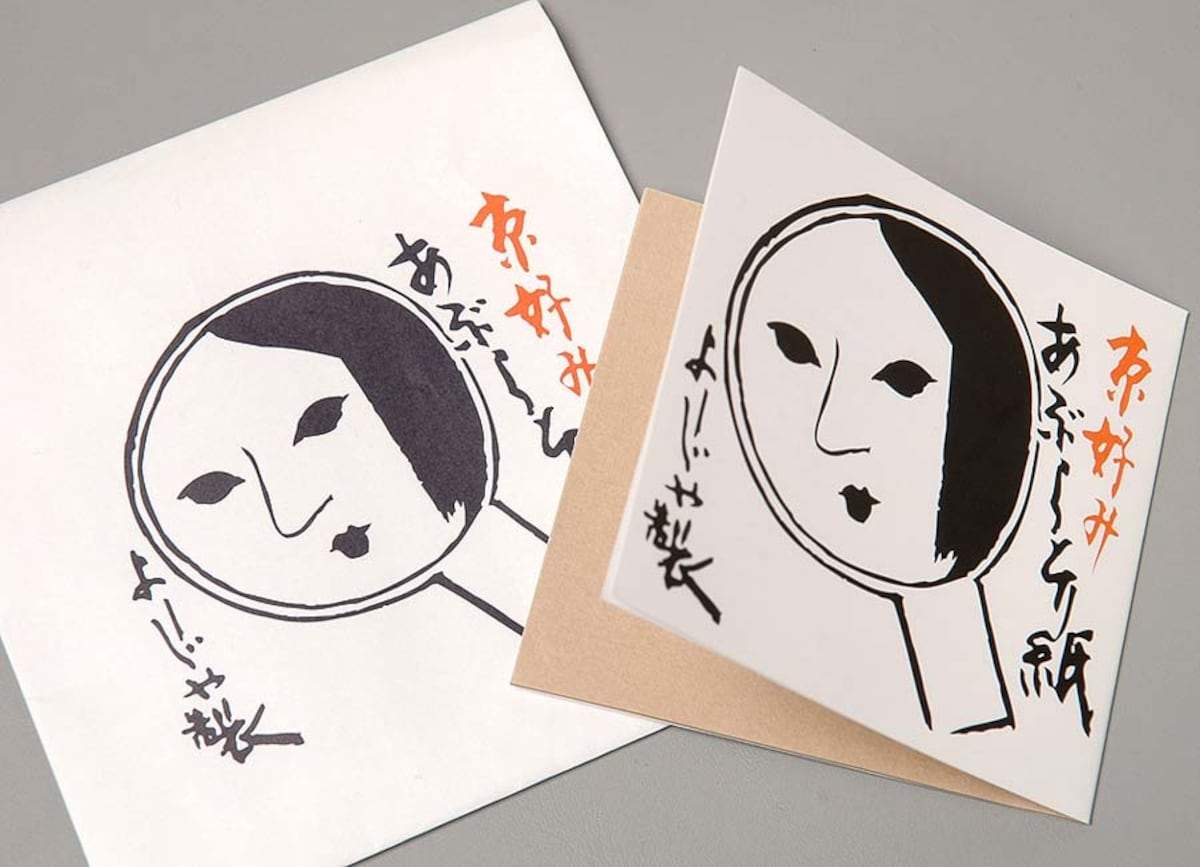
http://www.allaroundshops.com/product/784/abura-tori-gami-original-%E0%B8%88%E0%B8%B2%E0%B8%81-yojiya-%E0%B8%81%E0%B8%A3%E0%B8%B0%E0%B8%94%E0%B8%B2%E0%B8%A9%E0%B8%8B%E0%B8%B1%E0%B8%9A%E0%B8%A1%E0%B8%B1%E0%B8%99%E0%B8%97%E0%B8%B5%E0%B9%88%E0%B8%94%E0%B8%B5
Possibly another odd choice, but this facial oil blotting paper by Yojiya draws swarms of tourists to the company's various Kyoto stores daily. Yojiya has been around for over a century, and its world-renowned blotting papers have been in use for nearly as long.
These blotting papers, or abura-tori-gami, come in plain and aloe varieties for sensitive skin, blotting oil without smudging makeup. Yojiya's distinctive packaging and affordable prices make this shop a necessary stop for many visitors.
3. Furoshiki
Furoshiki are distinctive Japanese cloths that can be tied into bags to carry anything from accessories and money to bento boxes. While the cloths themselves have been around for over 1,200 years, the name furoshiki can be traced to the Edo Period (1603-1868), when they came to be used to carry clothes to and from bath houses, with furo meaning bath, and shiki meaning spread. These cloths are both beautiful in design and eco-friendly to boot, since they're almost endlessly reusable.
Kakefuda in the Higashiyama neighborhood is one of the most famous furoshiki makers in Kyoto. The shop is a few minutes' walk north of Gion Shijo up Higashi-oji Street.
2. Kiyomizu-yaki (Pottery)
These pretty, sculpted earthenware products were historically made in front of their namesake, Kiyomizu-dera Temple. Kiyomizu-yaki dates back to the fifth century, adopting a number of new techniques over the centuries.
These ceramics often feature intricate, hand-drawn designs. Kiyomizu-yaki might look delicate, but the resulting products are actually known for their surprising durability. With their pleasing appearance and rich history, they make for great gifts or a memento of your journey to Japan.
1. Tea
Kyoto matcha, grown mostly in Uji in Kyoto Prefecture, is world famous, and matcha and matcha-based sweets are about as numerous as the city's countless temples and shrines.
There are quite a few well-known tea houses in Japan, but Gion Tsujiri may well take the top spot. This tea specialist, located close to Yasaka Shrine on Shijo Street, is well known for its quality matcha, as well as green, black, and roasted brown teas. The shop staff largely speak only Japanese, but are very accommodating of curious visitors from abroad. When you're done shopping, be sure to try one of their matcha parfaits in the café upstairs!


